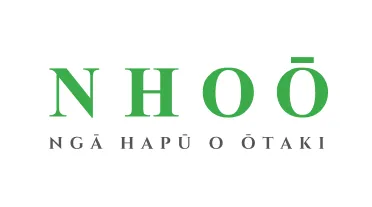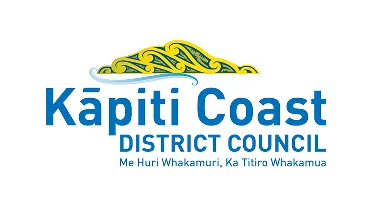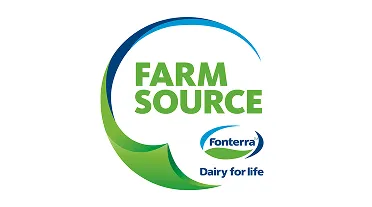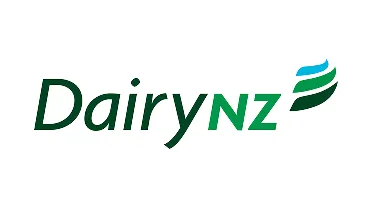Curious about our restoration? We're all about sharing the big picture.
Wīwī
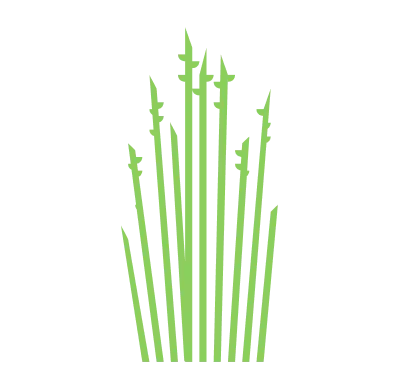
Tī kōuka
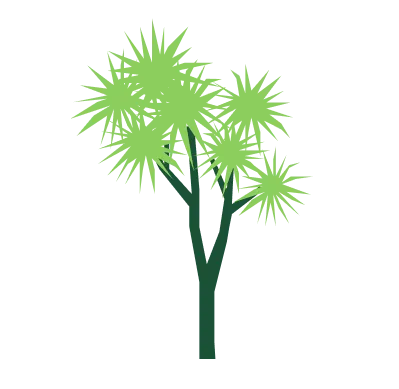
Harakeke
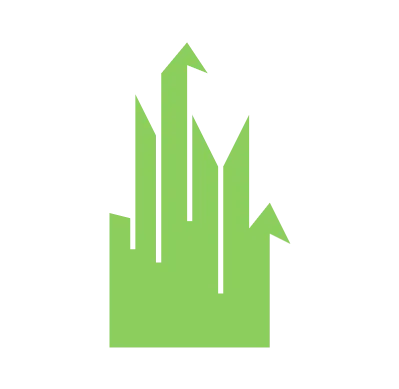
Mānuka
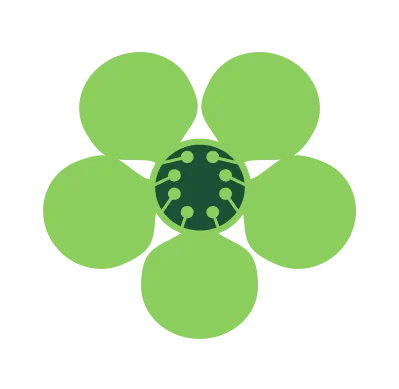
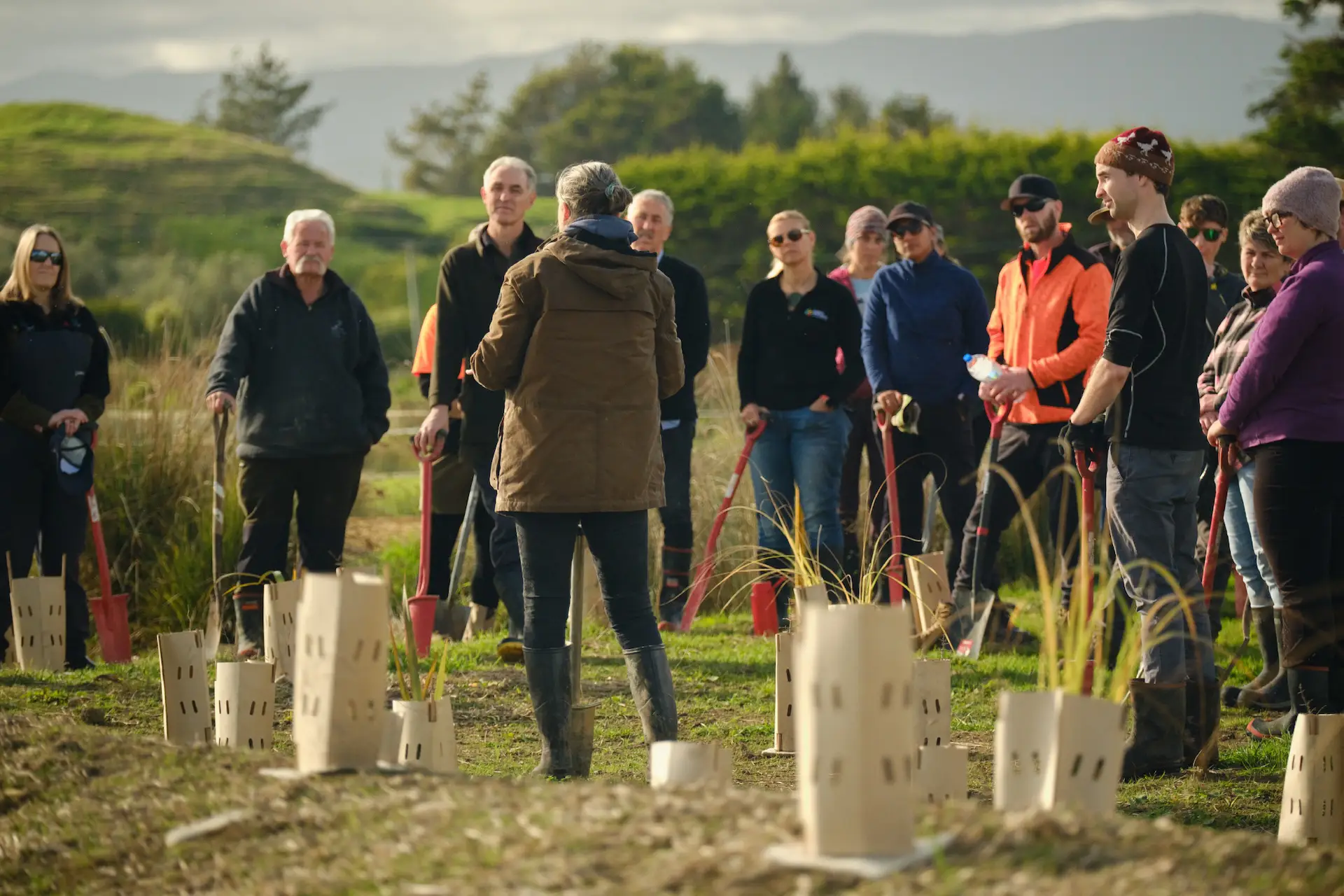
Our environment
The Parahamuti wetland is an environmental restoration project. Started in 2020, it centres around restoring this special taonga for tangata whenua.
There’s a lack of suitable habitat for threatened native species in Aotearoa. Previous wetlands have been drained, dwindled in size, or have become fragmented from the once extensive wetland system that stretched along the Kāpiti Coast. We want to change the dial on this. With this, the restoration project was born.
At the heart of our re-creation project is the desire for the Parahamuti wetland to once again see abundance of native wildlife thrive within the Mangaone catchment.
Parahmauti wetland restoration is vital to the health and future of our environment, local wildlife, and provides a picturesque place for everyone to learn and reconnect with nature.
Doing what’s right for the land
The Kāpiti Coast District has a long and diverse history.
Ngā Hapū o Ōtaki (NHoŌ) are the tangata whenua of the land. Parahamuti honours the unique spiritual ties, historical connection and wairuatanga to the land for tangata whenua. We are proud to collaborate with the Hapū in restoring the Parahamuti wetland.
It is this connection that saw the name ‘Parahamuti’ gifted by Ngā Hapū o Ōtaki (NHoŌ) to the area in 2024. The Mangaone Stream is also part of this picture, forming from the northern boundary of the wetland. In the past, the western-most part of the Mangaone, from the old SH1 to the sea, was known as Parahamuti. The original name of the stream, and the land is respected and restored. It is an integral part of our next chapter. One of restoration and abundance.


The Walker Family
The Walker family embodies the spirit of resilience and dedication central to agricultural heritage. Parahamuti is the result of the vision of Shane and Eileen Walker, who are transforming a low-lying section of land, historically used for dairy farming, into a thriving wetland enriched by a commitment to ecological restoration. Their journey is not just about farming, it’s about nurturing a deeper connection to the land and the community.
The Walker family farming legacy began over 100 years ago, starting with the original Home Farm block of 25 hectares. This land nurtured generations of Walkers: Joe Walker, Shane’s father, was one of eight children raised here. Alongside his wife Colleen, Joe fostered both a prosperous farm and a laughter-filled home for their five children. This alongside a deep sense of family tradition and work ethic, carried on a legacy that would shape the future of the Walker family.
Shane, the middle child, took to farming at an early age. By sixteen, he was passionately involved in the day-to-day realities of dairy farming, guided by his parents and carving out his own path in the agricultural community.
This grew to Joe and Colleen offering him the chance to progress through sharemilking. In 1987, Shane and Eileen married and they together farmed the property. In the 1990s, they purchased the Home Farm block—a pivotal moment in their family history. Over the years neighbouring land joined the farm.
Over the decades, the Walkers have been integral members of the Te Horo community. Their engagement spans between local groups like the Te Horo School, the Community Hall, the Horowhenua dairy farming community, and the tennis club. Shane’s role as a founding member of the Te Horo Rural Volunteer Fire Force also exemplifies their dedication to service and collaboration.
In 2001 Shane and Eileen moved to Southland with their children Joseph and Imogen, and their dairy herd, leasing their Te Horo farm to a neighbouring dairy farmer.
Now, they enjoy a continued connection to the community and the Te Horo farm, as they restore the lower-lying dairying land. Collaborating with local entities, Shane and Eileen are on a path to transform the area back into wetlands for everyone including the community and wildlife to enjoy. It’s a project that reflects their love and respect for both the land and future generations and is a reminder for us all on the importance of ecological stewardship and the inherent link between farming and nature.
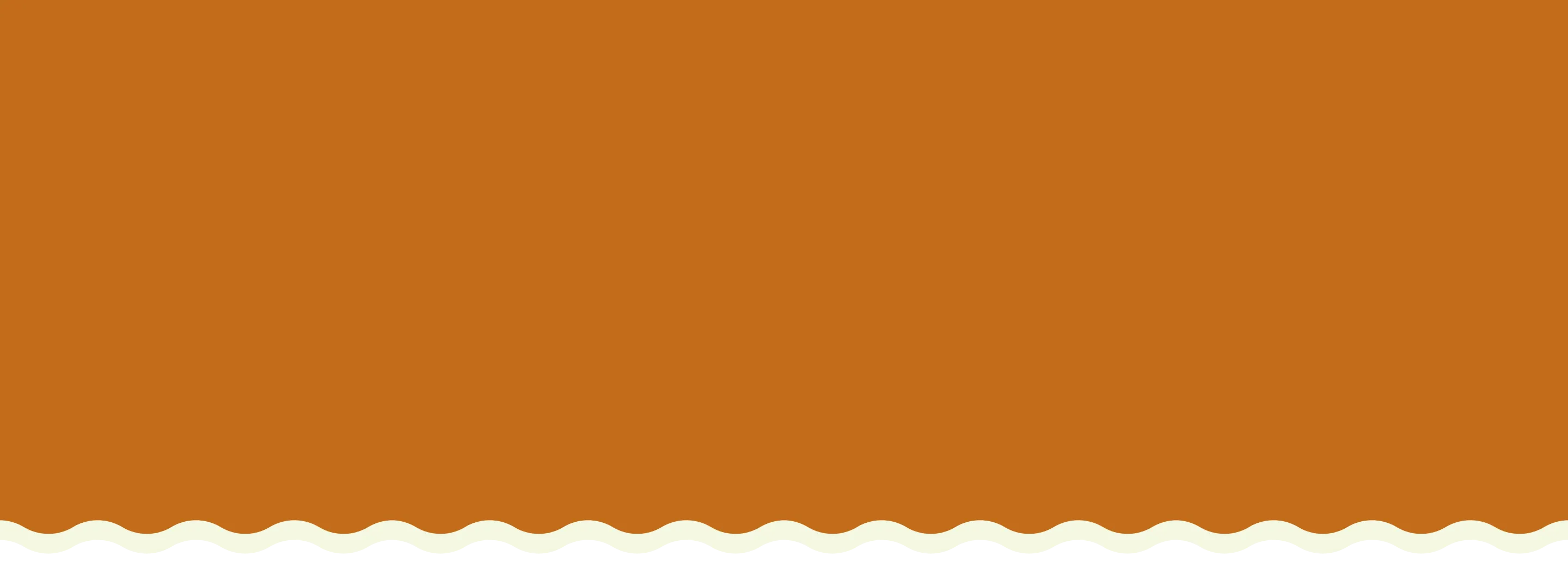

In reversing the drainage system we are returning the land to its natural state. Bountiful and balanced as it was before the land was used for farming. As we plant and encourage more native species of flora and fauna to the wetland, we hope to see more birds and wildlife in the ecosystem return to a healthier state of being.
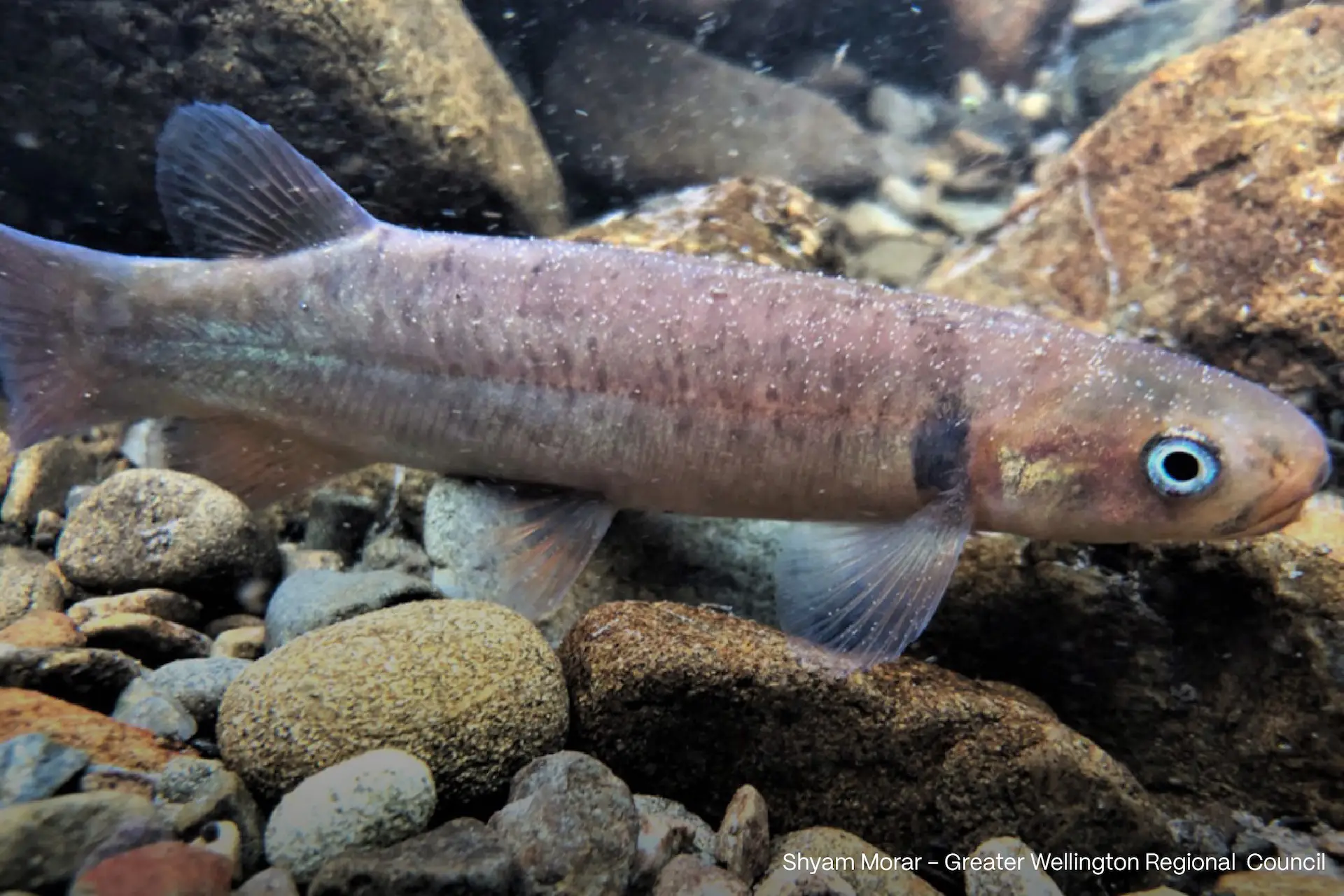
Fish-friendly weirs have also been built in the area. These allow fish passage and water to pool naturally as a wetland—rather than draining away to maintain pasture.



